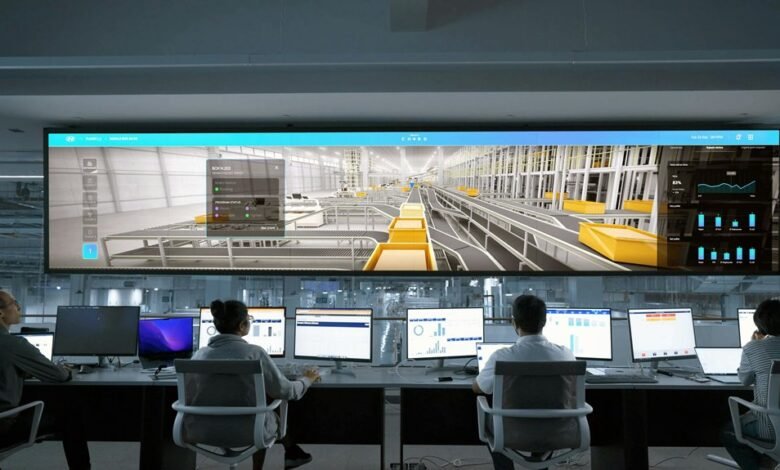Communication Systems Review and Analysis Office 5623150021 7247653000 9134903620 1300363269 18773067586 8443498922

Did you know that over 70% of organizations struggle with optimizing their communication networks? The Communication Systems Review and Analysis Office addresses this challenge by systematically evaluating performance and identifying key improvement areas. By focusing on user expectations and leveraging emerging technologies, the office plays a pivotal role in modernizing communication strategies. What specific methodologies and innovations are they implementing to enhance these systems?
Objectives of the Communication Systems Review and Analysis Office
The Communication Systems Review and Analysis Office aims to enhance the effectiveness of communication systems by systematically evaluating their performance and identifying areas for improvement.
You’ll engage stakeholders to ensure their needs are met, while utilizing performance metrics to drive decisions.
This structured approach fosters transparency and accountability, empowering you to advocate for continuous enhancements and maintain robust communication networks aligned with user expectations.
Methodologies Employed in System Evaluation
With a solid foundation established through stakeholder engagement and performance metrics, various methodologies are employed to evaluate communication systems effectively.
You’ll find systematic assessments and evaluation frameworks critical in ensuring comprehensive analysis. By leveraging both qualitative and quantitative data, these methodologies facilitate informed decision-making, enabling you to identify strengths and weaknesses, and ultimately enhancing the system’s overall performance and reliability.
Impact on Modern Communication Strategies
As communication systems evolve, their impact on modern communication strategies becomes increasingly significant.
You’ll notice that digital transformation reshapes how organizations interact with their audiences. By leveraging advanced technologies, you enhance audience engagement, fostering real-time connections.
This shift encourages more personalized communication, empowering you to respond effectively to audience needs, thus driving deeper relationships and ensuring your strategies remain relevant in today’s dynamic landscape.
Future Innovations in Communication Systems
While emerging technologies continue to reshape communication systems, innovations such as artificial intelligence, 5G connectivity, and immersive experiences promise to redefine how you engage with audiences.
Quantum communication enhances security, while satellite networks expand coverage and reliability.
These advancements enable seamless interactions, ensuring you stay connected, informed, and empowered in a rapidly evolving digital landscape, paving the way for unprecedented communication possibilities.
Conclusion
In conclusion, the Communication Systems Review and Analysis Office plays a pivotal role in shaping modern communication strategies. By leveraging performance metrics and engaging stakeholders, it not only identifies areas for improvement but also aligns systems with user expectations. Coincidentally, as emerging technologies like AI and 5G evolve, the office is well-equipped to adapt, ensuring that organizations can enhance audience engagement and transparency. This proactive approach positions communication systems for success in an ever-changing landscape.




